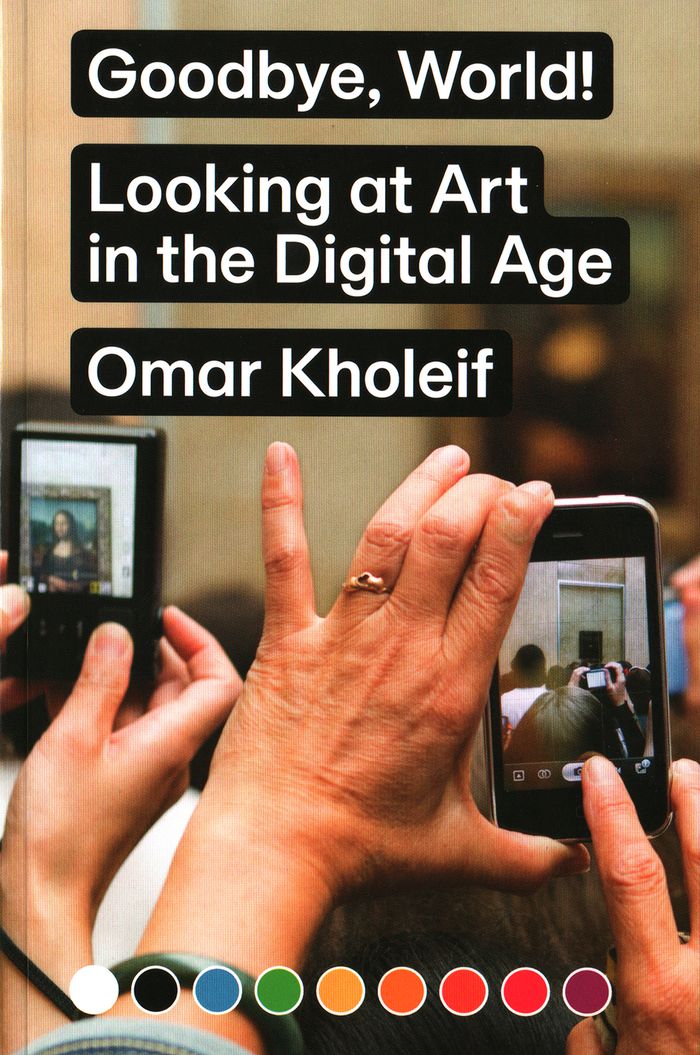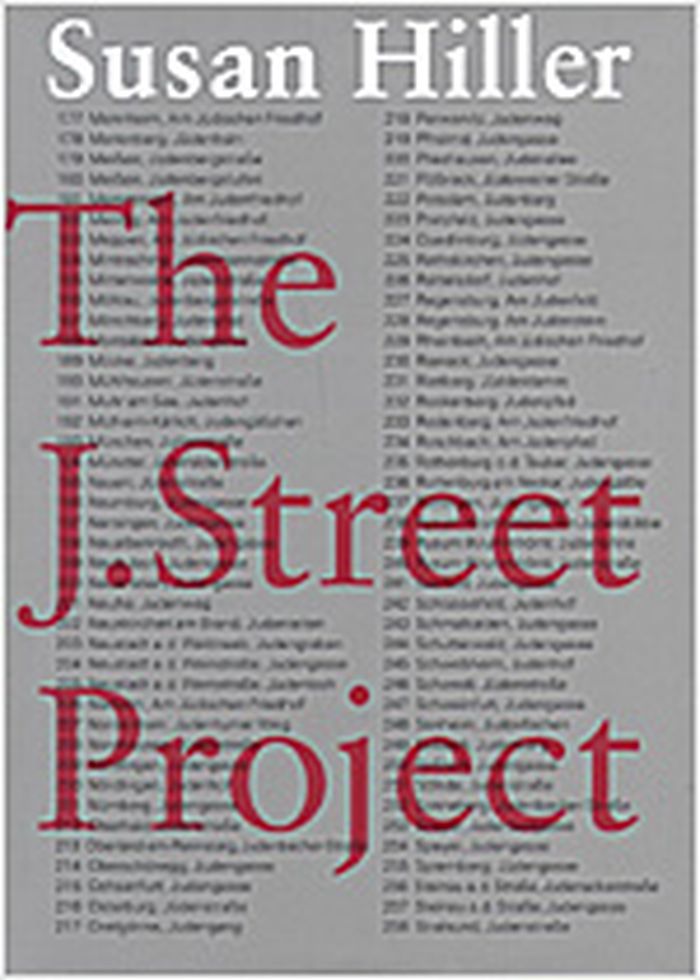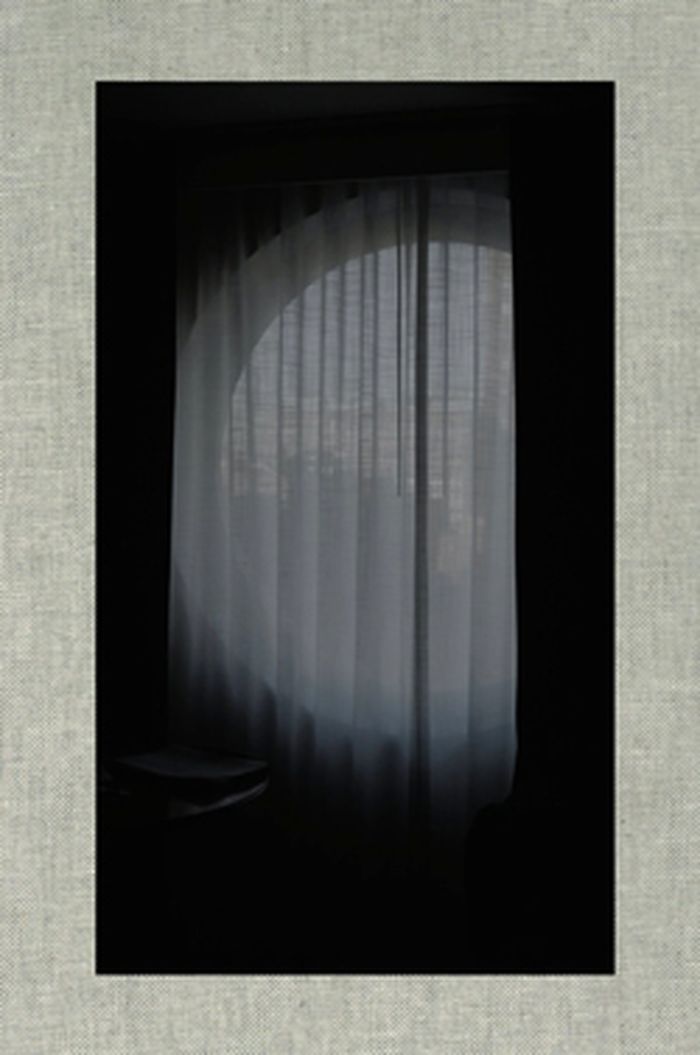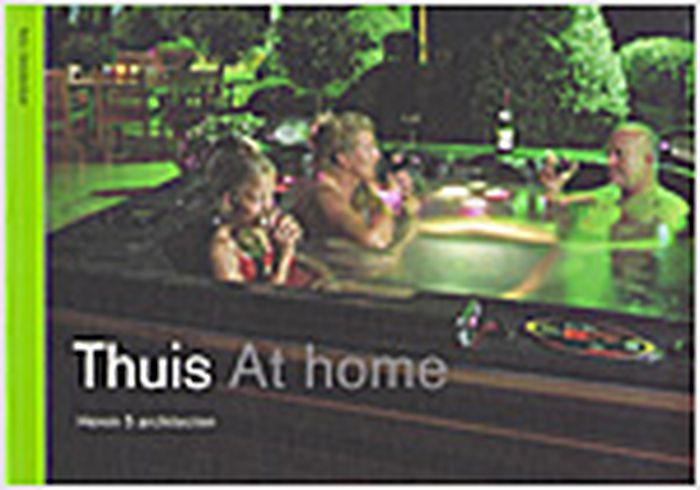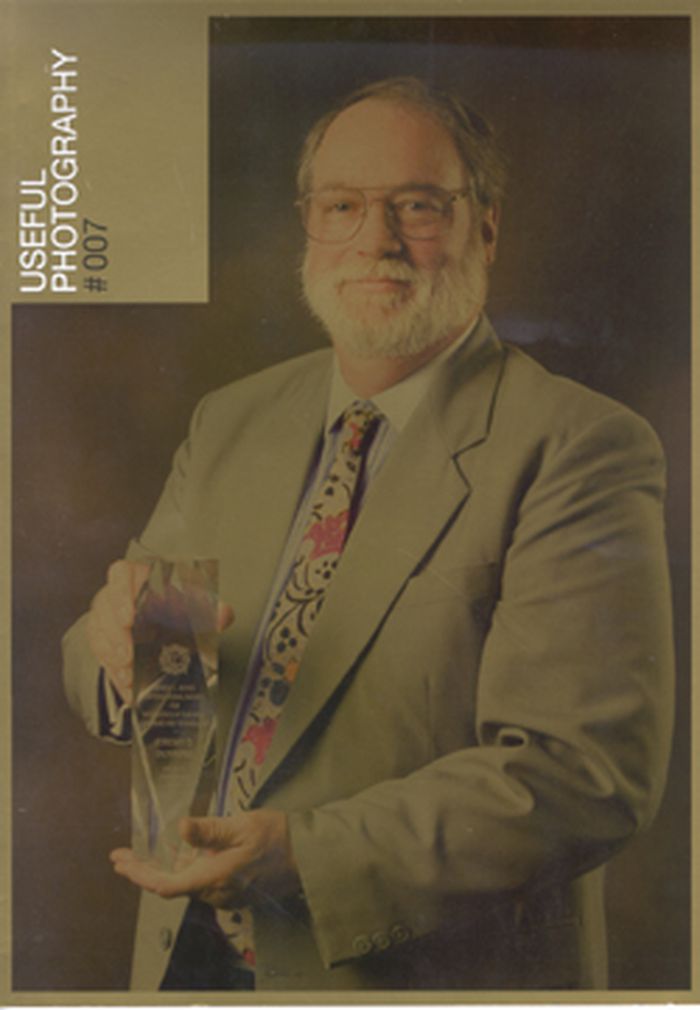livres
Description:
volumes <1-4> : illustrations ; 26 cm
New York : Random House, [1991], © 1991
A life of Picasso / John Richardson with the collaboration of Marilyn McCully.
Actions:
Exemplaires:
Description:
volumes <1-4> : illustrations ; 26 cm
livres
New York : Random House, [1991], © 1991
livres
$47.99
(disponible sur commande)
Résumé:
This book uses film to rassess post-war architecture and urbanism in London, Paris, and New York by examining such films as "Alfie", "Passport to Pimlico", "Mary Poppins", "Repulsion", and Rosemary's Baby".
Walls have feelings : architecture, film and the city
Actions:
Prix:
$47.99
(disponible sur commande)
Résumé:
This book uses film to rassess post-war architecture and urbanism in London, Paris, and New York by examining such films as "Alfie", "Passport to Pimlico", "Mary Poppins", "Repulsion", and Rosemary's Baby".
livres
janvier 2001, London
Théorie de l’urbanisme
$39.95
(disponible sur commande)
Résumé:
This study traces the history of a cultural and artistic landscape that has taken shape since the year 2000, with the Internet. Omar Kholeif aims to put into context a new language for seeing, feeling, and being that has emerged through post-millennial technologies, and argues for a nuanced understanding of the post-digital condition.
Goodbye, world! Looking at art in the digital age
Actions:
Prix:
$39.95
(disponible sur commande)
Résumé:
This study traces the history of a cultural and artistic landscape that has taken shape since the year 2000, with the Internet. Omar Kholeif aims to put into context a new language for seeing, feeling, and being that has emerged through post-millennial technologies, and argues for a nuanced understanding of the post-digital condition.
Théorie de l’art
audio
Description:
1 online resource.
[Place of publication not identified] : Thinkbelt, 2020.
audio
[Place of publication not identified] : Thinkbelt, 2020.
$69.95
(disponible sur commande)
Résumé:
Taking three years to complete, this complex study extends on Hiller's interests in exploring historical events that are visually and emotionally compelling. Presented here is an installation that contained both video and photographic works documenting every street in Germany whose name contains a reference to Jews. The result is a collection of images that are compelling(...)
Susan Hiller : the J. street project
Actions:
Prix:
$69.95
(disponible sur commande)
Résumé:
Taking three years to complete, this complex study extends on Hiller's interests in exploring historical events that are visually and emotionally compelling. Presented here is an installation that contained both video and photographic works documenting every street in Germany whose name contains a reference to Jews. The result is a collection of images that are compelling in their feeling of sadness and absence that they provoke.
Monographies photo
$80.00
(disponible sur commande)
Résumé:
Martin Boyce is known for his large installation work in sculpture, creating angular replications of the world around him, finding meaning in everyday surroundings and working steel structures into amplifications of these moments in space and time. Hundreds of photographs were edited down until the shape of a book emerged. The series creates the feeling of stillness and(...)
Martin Boyce: a partial eclipse
Actions:
Prix:
$80.00
(disponible sur commande)
Résumé:
Martin Boyce is known for his large installation work in sculpture, creating angular replications of the world around him, finding meaning in everyday surroundings and working steel structures into amplifications of these moments in space and time. Hundreds of photographs were edited down until the shape of a book emerged. The series creates the feeling of stillness and distance between the viewer and photograph.
Monographies photo
audio
Description:
1 online resource.
[Place of publication not identified] : Thinkbelt, 2020.
audio
[Place of publication not identified] : Thinkbelt, 2020.
At home : Heren 5 architects
$35.00
(disponible sur commande)
Résumé:
Aimed at a wider audience than most usual architectural studies, this book presents seven diverse residential projects designed by the architectural practice Heren 5. A key reference point in their design process is the concept “at home”, and how this feeling along with different desires for privacy and community can be effectively translated into a building design. Each(...)
Architecture, monographies
août 2005, Amsterdam
At home : Heren 5 architects
Actions:
Prix:
$35.00
(disponible sur commande)
Résumé:
Aimed at a wider audience than most usual architectural studies, this book presents seven diverse residential projects designed by the architectural practice Heren 5. A key reference point in their design process is the concept “at home”, and how this feeling along with different desires for privacy and community can be effectively translated into a building design. Each project comes accompanied with project documentation and an interview with the residents.
Architecture, monographies
Useful photography no 007
$35.00
(disponible sur commande)
Résumé:
There is nothing as motivating as a large, sculpted, shining award in recognition of your personal achievements. That feeling of reward and pride is desired by all, not just the hollywood star. Thankfully, there is a multitude of awards for every humble occasion, profession and hobby. Useful photography no 007 explores the sub-word of non celebrity achievement in a(...)
octobre 2007, Amsterdam, London, New York
Useful photography no 007
Actions:
Prix:
$35.00
(disponible sur commande)
Résumé:
There is nothing as motivating as a large, sculpted, shining award in recognition of your personal achievements. That feeling of reward and pride is desired by all, not just the hollywood star. Thankfully, there is a multitude of awards for every humble occasion, profession and hobby. Useful photography no 007 explores the sub-word of non celebrity achievement in a proud series of photographs that are, quite literally, award-winning.
$17.00
(disponible sur commande)
Résumé:
The Age Of Earthquakes is a quick-fire paperback, harnessing the images, language and perceptions of our unfurling digital lives. The authors offer five characteristics of the Extreme Present; invent a glossary of new words to describe how we are truly feeling today; and ‘mindsource’ images and illustrations from over 30 contemporary artists. Wayne Daly’s striking graphic(...)
Théorie de l’architecture
mai 2015
The age of earthquakes : a guide to the extreme present
Actions:
Prix:
$17.00
(disponible sur commande)
Résumé:
The Age Of Earthquakes is a quick-fire paperback, harnessing the images, language and perceptions of our unfurling digital lives. The authors offer five characteristics of the Extreme Present; invent a glossary of new words to describe how we are truly feeling today; and ‘mindsource’ images and illustrations from over 30 contemporary artists. Wayne Daly’s striking graphic design imports the surreal, juxtaposed, mashed mannerisms of screen to page.
Théorie de l’architecture
